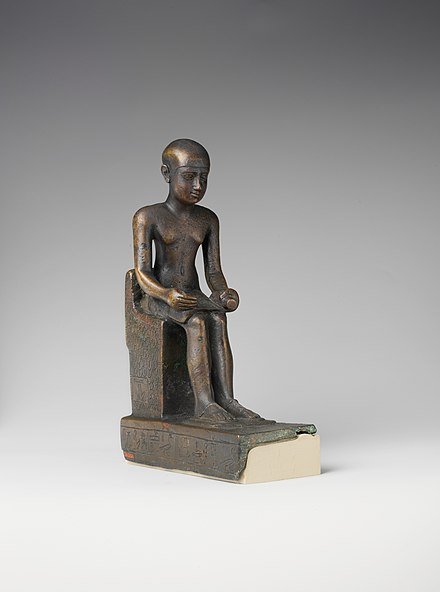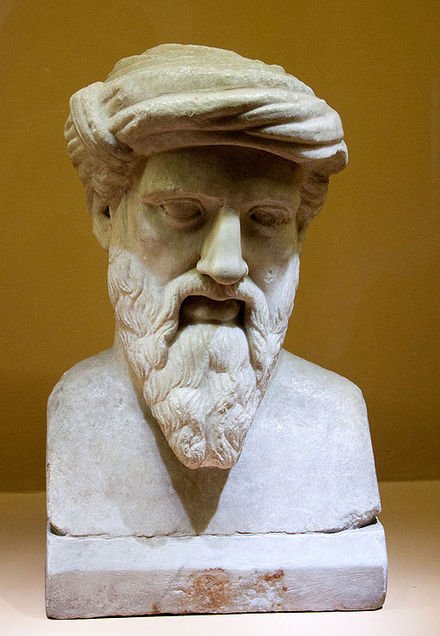Summary
Civil engineering is a higher education discipline focused on the design, construction, and maintenance of the physical environment. This includes public and private accessibility projects such as roads, bridges, canals, dams, airports, sewage systems, pipelines, structural components of buildings, and railways.
History
The term “Civil Engineering,” while common in the contemporary era (from the 18th century to the present), refers to those who design, calculate, supervise construction projects, or conduct preventive assessments. In ancient and classical times, depending on the culture being studied, there was no distinction between a carpenter and a mason; both were regarded as builders, a prestigious and well-paid profession. In the medieval era (Europe), most architectural projects and constructions were carried out by craftsmen such as carpenters and masons. Depending on their skills, builders could earn the title of Master Builder, with their knowledge retained within a guild, rarely marked by significant technological advancements.
Notable Figures
Imhotep (c. 27th century BC)
A historical figure shrouded in mystery, Imhotep left his mark on the world. A polymath, he is believed to have designed, led, and supervised the construction of the Step Pyramid of Djoser.

Pythagoras of Samos (c. 570 – c. 495 BC)
From a young age, Pythagoras engaged deeply with the study of the exact sciences. You may have heard of him through the famous Pythagorean Theorem, which relates the square of the hypotenuse of a right triangle to the sum of the squares of its other two sides.

Archimedes of Syracuse (c. 287 – c. 212 BC)
“Eureka!” This exclamation is famously attributed to Archimedes when tasked by Hiero II to determine the volume of gold in his crown without melting it. While bathing, he noticed the water level rise as he submerged his body and had an epiphany: to measure the volume of the crown, he could simply immerse it in water and calculate the volume of water displaced. It is said that he ran through the streets naked, joyfully shouting, “Eureka! Eureka!” Beyond this remarkable story, Archimedes made significant contributions to physics, laying the foundations of hydrostatics and statics. He discovered the principle of buoyancy and the law of the lever, among many others. His influence extends across modern science, impacting figures like Galileo Galilei, Christiaan Huygens, and Isaac Newton.

Discipline
Civil engineering involves applying mathematical, physical, and scientific principles to observe and provide solutions for society’s construction needs. Its development is intrinsically linked to advancements in the understanding of physics and mathematics throughout the course of civilization. As a broad field, civil engineering includes various sub-disciplines related to geography, soil science, structural engineering, materials science, hydrology, environmental science, and more.
Considerations
A civil engineer must have a solid foundation in the exact sciences, particularly physics and mathematics. They should possess both theoretical and practical skills to solve problems and continually assess mistakes made in other projects, as any error could lead to tragic consequences.


